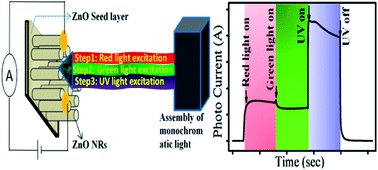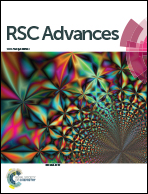A successive photocurrent transient study to probe the sub-band gap electron and hole traps in ZnO nanorods
Abstract
Though persistent photoconductivity and spectral response characteristics corresponding to sub-band gap energies of ZnO as a result of different defects are certainly problematic, study on this is quite useful in the sense that it provides information about the defects levels. A developed understanding of the energetic distributions of sub-band gap electron and hole traps in ZnO nanorods is pre-requisite for device applications and needs to be acquired. Through a study on the simple successive photocurrent transients of as-grown and annealed aqueous chemically grown ZnO nanorods, we have revealed the sub-band gap electron and hole traps responsible for their visible photoresponse. The evolutions in the room temperature photoluminescence properties of ZnO nanorods with annealing temperature have also been investigated critically to correlate the corresponding photocurrent results. As-grown samples show fewer excess O related electron trap states with energy corresponds to (Ec − 1.77 eV). A greater amount of O vacancy related hole traps, as well as fewer O interstitial related electron traps with energy corresponds to (Ec − 2.34 eV) were detected in the as-grown as compared to the annealed samples. These findings also provide general guidelines for probing sub-band gap traps, and engineering the optoelectronic properties of similar oxide semiconducting nanoparticles.


 Please wait while we load your content...
Please wait while we load your content...